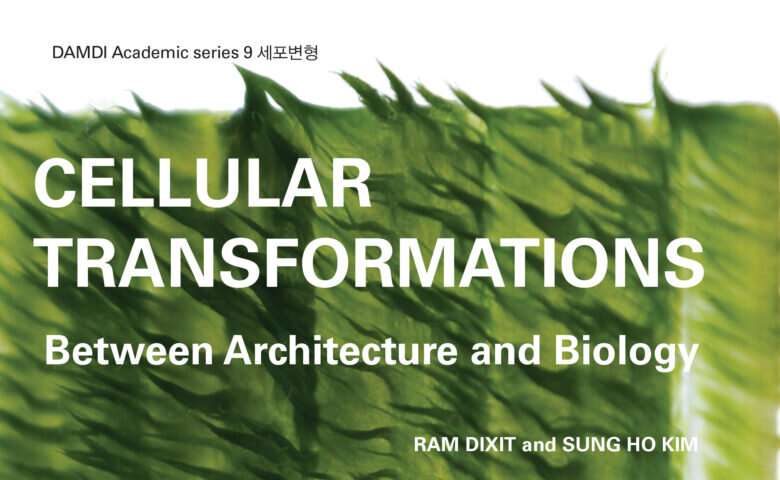Architecture, biology and 'Cellular Transformations'

Architecture inspired by biology is not a new concept. The ancient Greeks and Romans incorporated natural patterns into architectural structures and ornamentation. Frank Lloyd Wright's love for nature dates back to childhood summers working on an uncle's farm.
But typically, "architecture has imitated the imagery of biology and nature without awareness of the underlying mechanisms," argue Ram Dixit and Sung Ho Kim in "Cellular Transformations: Between Architecture and Biology."
For more than a decade, Dixit, a professor of biology and director of the plant and microbial biosciences program in Arts & Sciences at Washington University in St. Louis, and Kim, a professor of architecture in the university's Sam Fox School of Design & Visual Arts, have co-taught the Cellular Transformations studio, which explores how advances in engineering and biology are influencing design production and implementation.
The new book, published as part of the DAMDI Academic Series, with support from the National Science Foundation, collects research, projects and experiments developed since the studio's launch in 2011. Chapters explore topics ranging from the architecture of skin, 3D printing and advanced cell analysis to the creation of micro-environments, bioremediation proposals for the area surrounding the Chernobyl nuclear power plant and strategies for safeguarding health amidst the COVID-19 pandemic.
"Collaboration between architecture and biology could be further strengthened by a deeper knowledge of the inner workings of biological structures," Dixit and Kim write in their introduction. "Integrating the knowledge of biological transformation with design could have profound consequences for shaping the built environment."
More information:
For more information, visit the Cellular Transformations course website.
Provided by Washington University in St. Louis